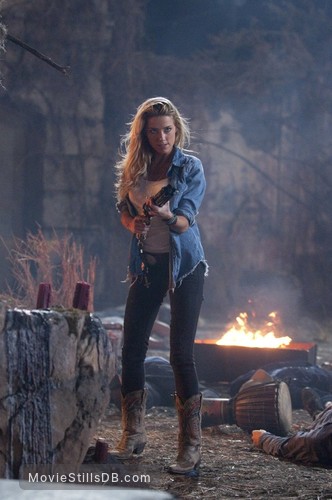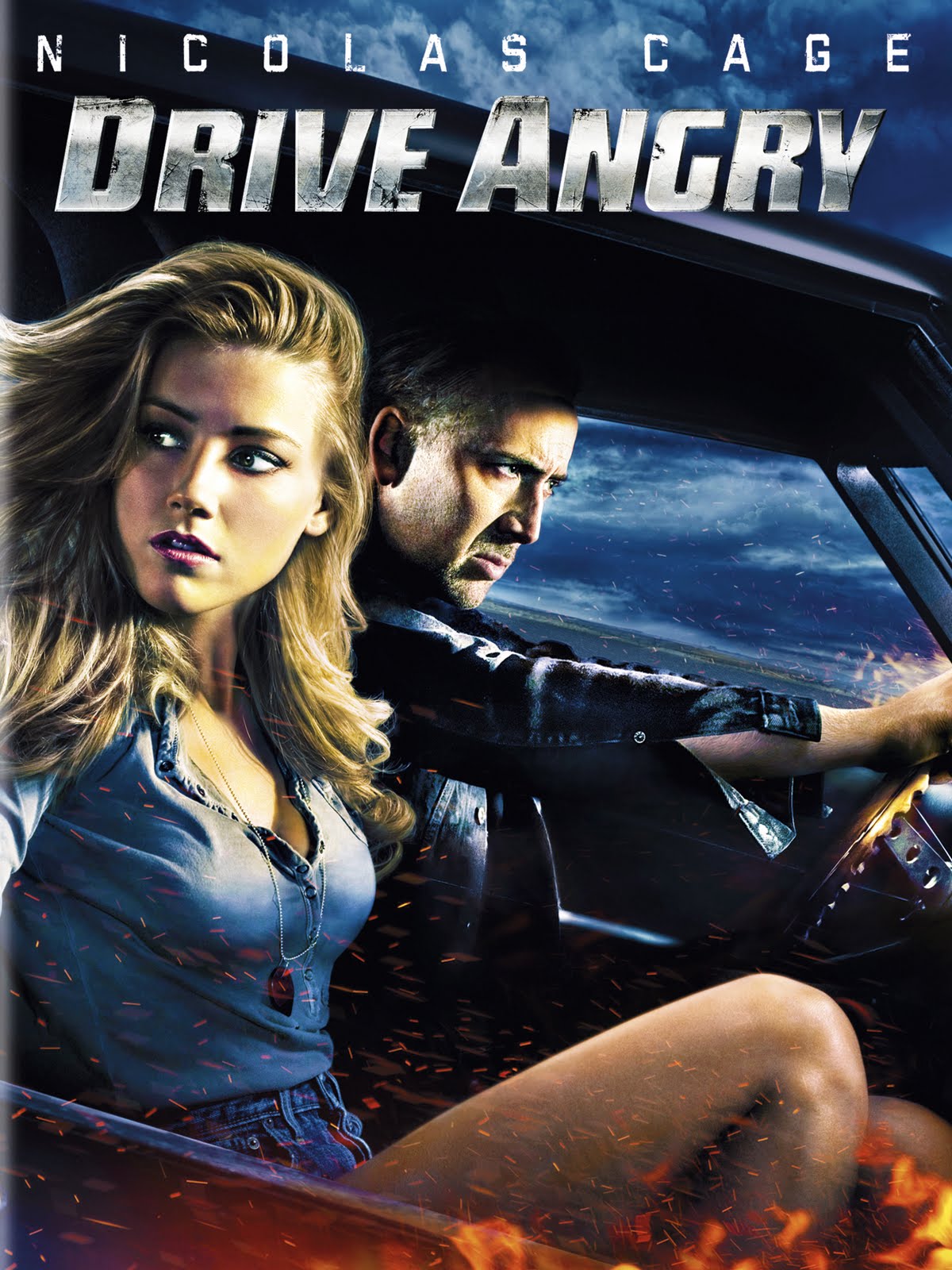
"We were driving at very high speeds with cameras hanging off the end of a crane," Lussier says, "trying to stay ahead of Nic Cage driving at 60 mph the wrong way through traffic." And then we had one car that was in various states of decay that worked its way up to being totally destroyed." While all of the Chargers survived relatively unscathed, production completely destroyed one of the Chevelles.ĭirecting a stereoscopic road movie had myriad challenges, not the least of which was working with expensive 3D camera rigs, each the size of a college student's minifridge. "There was a mega-stunt version that was all caged-very safe and durable so it could do the stunts we needed it to do. "We always had a pristine, untouched car," he says. Instead, the director and his team made it work with three Chargers and three Chevelles. But given their budget, that number was impossible. Before production began, Lussier estimated they'd need six of each car to accomplish the various stunts in the film. "It was a shame to smack it up."Īnd smack up the cars they did. "It was the car we wished we had used the most, because it was a beautiful driving car," Lussier says. The final car the director chose is actually the one Cage drives at the beginning of the film: a 1964 Riviera. "And given the action at the end of the movie, it felt like the Chevelle was the way to go because it was meatier and meaner." "The Chevelles were beautiful and so much bigger inside," Lussier says. A lot of it came down to what looked cool and then what was practical." Lussier also looked at Novas-"the car that Roy Scheider drives in The Seven-Ups," he says-but ended up using a 1970 SF Chevelle instead. "The Charger has such a bigger interior that it made more sense to use it. "A lot of it was how well the cameras fit inside the cars," Lussier says. Looks weren't the only reason for the switch.


The director considered using a Dodge Challenger as the hero car, but it was scrapped in favor of a 1969 Charger. So before filming started, Lussier subjected the muscle cars to a stereoscopic screen test to see which looked the best in 3D. In Drive Angry, Cage drives three different classic cars. "So we put cars into the film at different times, and we wanted to get '70s cars."

"We were talking about what kind of movies we thought would be fun to do in 3D, and we hit on a '70s road movie," says Lussier, who also directed My Bloody Valentine 3D. And that's because writer/director Patrick Lussier and co-writer Todd Farmer had a very specific movie in mind. But the film has several key players: the muscle cars. Billboards will tell you that the stars of Drive Angry 3D, out February 25, are Nicolas Cage and Amber Heard.


 0 kommentar(er)
0 kommentar(er)
